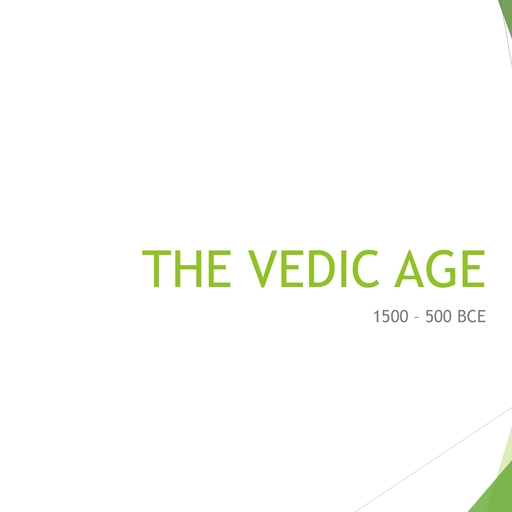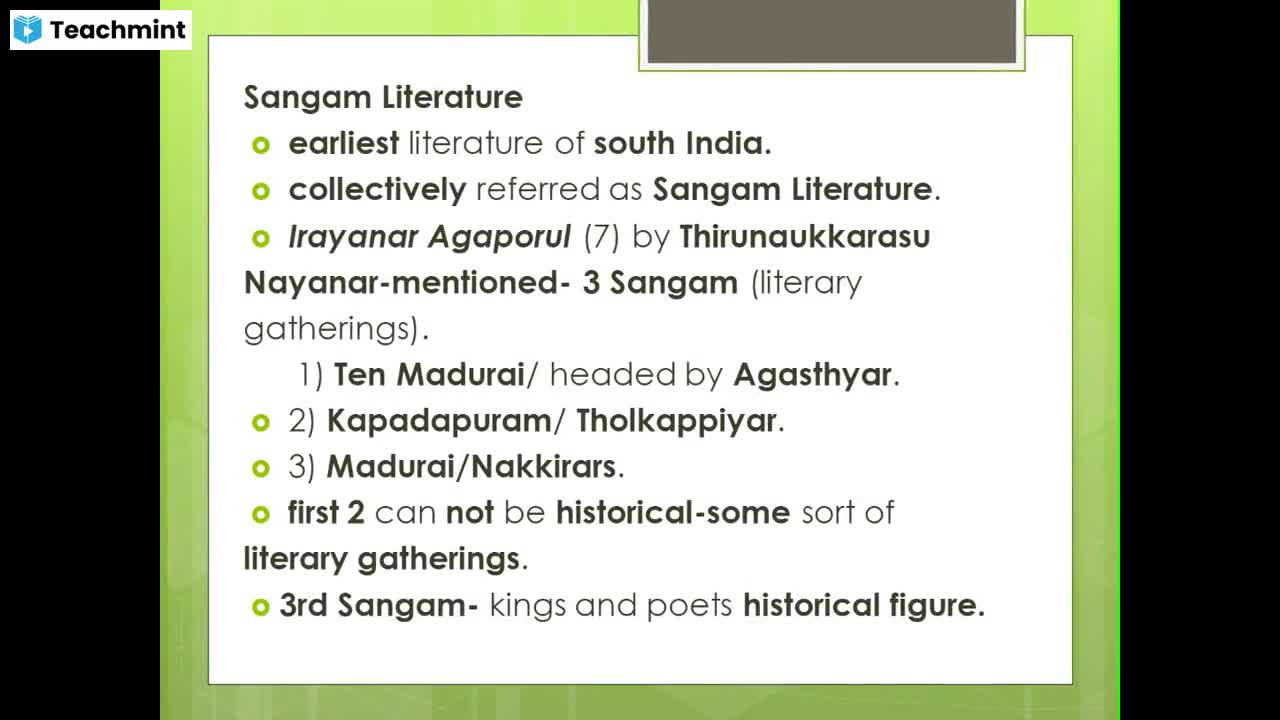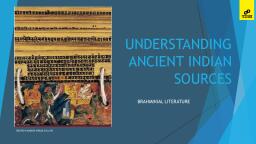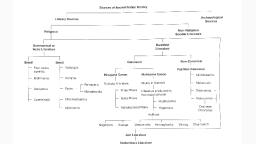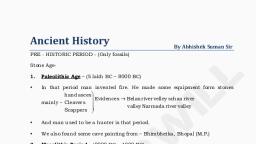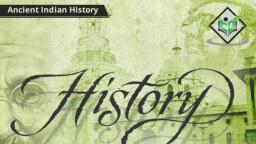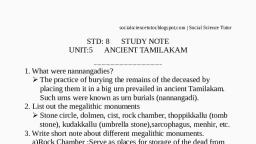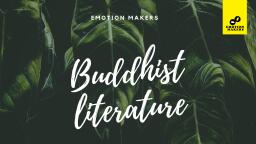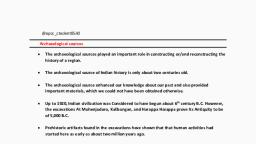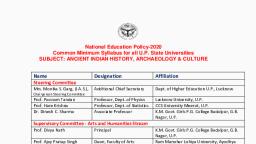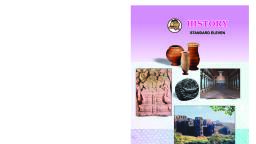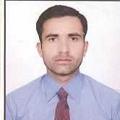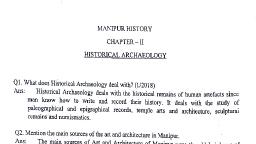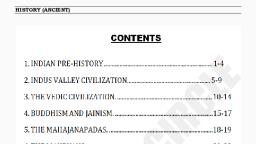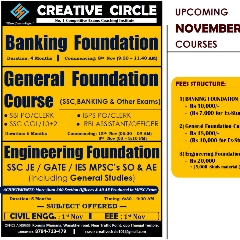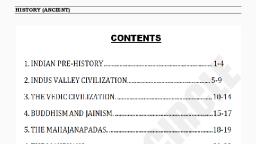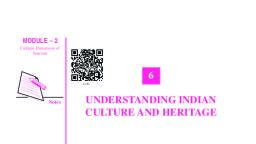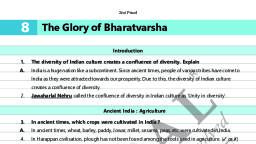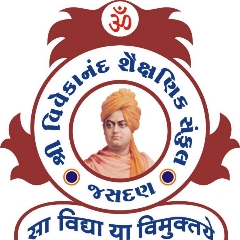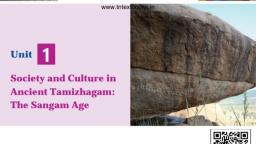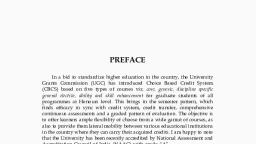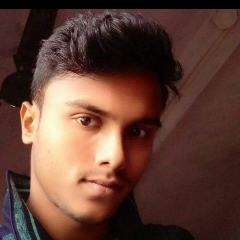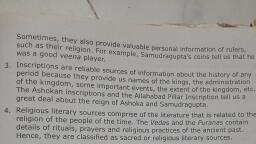Page 1 :
According toRC, , , Indians were, averse to writing history, and this is the main, reason for lack of any, historical data. Indians, applied themselves to all, conceivable branches of, literature but never, seriously took to writing of, history. According to Dr, Keith, none of the scholars, of the whole range of, Sanskrit literature can be, called a historian., , , , Sources of Ancient, Indian History, , Archaeological Sources, , Archaios means ancient, logos'-Knowledge or simply the science of ancient things., Archaeology is a recent growth in Indian history. Lord Curzon founded it, ‘of Archaeology and Sir John Marshall, the first, , performed marvels by excavating the Indus Valley Civilisation. ‘Archaeological, , sources can be categorised under, 1.Exploration 2. Excavation, 5.Monuments, , 3. Epigraphy 4. Numismatics, , Exploration, , The process of exploring, penetrating or ranging over for purpose of discovery, is, , known as exploratio are places where material remains of past human activity, op! PI B y, can be identified. In the plains, in areas where mud and brick were used for making, houses, archaeological sites occupied by people for a very long time are often visible, asmounds, Sites are often discovered by sheer accident. They can also be discovered by using, dues in literature by lor ', or with the help of, buried underground can be detected by simple | The study of the human past through |, thods like inserti tal: probes Gt tods | material remains is closely connected |, MSOs ee eran mee Sto history. Material remains range from |, into the ground. There are also more : vestiges of grand palaces and temples |, sophisticated remote-sensing techniques such | to the small discarded products of |, as LANDSAT imagery. Scanners of LANDSAT | everyday human activity such as, satellites create digital images of the Earth’s, , | pieces of broken pottery. They include ', , a | different things such as structures, |, surface and can help identify features such as, s, , , , Archaeology, , , , , , , , , , , , artefacts, bones, seeds, pollen, seals,, coins, sculpt 1 inscriptions., , , , , , , , , and
Page 2 :
18 UGC NET Tutor History, , Sites can be explored by carefully examining, what lies on the surface or they can be excavated,, ie., dug. Sites are excavated to uncover their, stratigraphic sequence. It is very important to, know the stratigraphic context of i Bey,, the precise level at which they were found and, what other kinds of things were found along, with them., , , , , , Archaeological Evidences, , Archaeological evidence does not necessarily provide a |, complete picturé of the material culture of ancient people. |, Archaeological reconstruction depends on the amount and |, kind of material, that is preserved and this in turn depends on |, he objects themselves and on environmental factors, |, particularly soil and climate. Stone age people must have }, | used tools of wood and bone, but it is the stone tools, that, | have survived in large numbers. Sites can get destroyed by !, | the forces of nature (e.g., floods, tectonic movements and }, | volcanic eruptions). But they are more often destroyed by }, H clear land for farming or build houses. |, , , , , , Excavation, , Excavations can be horizontal (where a large, surface is exposed) or vertical (where the digging, involves a small surface area) and are, accompanied by careful recording, mapping,, photographing, labelling and preserving of, artefacts. Recording is very important because, excavation is destructive, otherwise no one, except the excavators will know what was, discovered at the site., , involves many specialists, , such as oceanographers, geologists, geophysists, and diver photographers. It also requires the use, , of special equipment and scientific instruments., In recent times, exciting underwater discoveries, have been made off the coast of Dwarka and Bet, Dwarka in Gijarat. At Dwarka, there are, remains of a submerged port-city, including, fortification walls and stone anchors perhaps, going back to c, , Scientific Techniques in, , Archaeology, Archaeologists rely on various _ scientific, techniques in order to obtain precise, , information about the lives of past communities., These are especially useful in dating, archae. logical material. Many dating methods, , are based directly or indirectly on the principle of radioactive, , decay. Carbon- 14 or radiocarbon dating is the best known of these,, , Others include their no luminescence, potassium-argon, electron, nance, uranium series and, Palaeontology is the study of the remains of s over, enormous spans of time. ‘Faunal analysis gives information about, the animals, people hunted and domesticated, the age of animals at, death and the diseases that afflicted them. the, study o ple suffered from, by analysing their, bones. studies include the analysis of pollen and, other minute plant remains, seeds, charcoal, sediments and, geological strata., , , , Epigraphy (Inscription), The study of inscriptions is known as epigraphy., , Inscriptions, , Inscriptions occupy a unique position as a source material of, , Indian history. They are inscribed on stones and metals and cannot, , be altered, subtracted from or added to., , There are various kinds of inscriptions, , * Commercial Seals of Indus Valley., , * Magical Inscriptions on the amulets., , * Religious and Administrative Inscriptions of Ashoka; also, most important source of Maurya age., , * Eulogistic The Allahabad pillar inscription of Harisena, court, poet of Samudragupta., , * Votive The Aihole inscription of Pulakesin II., , * Commemorative Kings at times issued inscriptions as token of, birth, death and victories., , * Literary Some inscriptions contain poetical and dramatic works, and the purpose is purely literary., , According to Professor Rapson, “Inscriptions supply most, , valuable evidence as to the political, social and economic, , conditions of the people and the country to which they belong:, , Some of the edicts of Ashoka are administrative records and others, , are religious proclamations. Script is Kharoshti for North-Westem, , India and Brahmi for other parts of the country., , ve, , Post-Ashokan inscriptions are of 2 kinds, , * Public Prashastis or euologies and land grants., * Private About 1500 in pre-Gupta period., , Numismatics (Coins), , Numismatics is the study of coins. Numismatic evidence, important to determine chronology, property, territorial exte™®, religion and relation with neighbouring countries of the reign", king and dynasty. _
Page 3 :
18 UGC NET Tutor History, , Sites can be explored by carefully examining, what lies on the surface or they can be excavated., iz.. dug. Sites are excavated to uncover their, stratigraphic sequence. It is very important to, know the stratigraphic context of artefacts, ie.,, the precise level at which they were found and, what other Kinds of things were found along, with them., , , , "Archaeological Evidences ow!, , evidence does not necessarily provide a, naterial culture of ancient people., uction depends on the amount and, preserved and this in turn depends on, ives and on environmental factors,, imate. Stone people must have, the stone tools, that, es can get destroved by, , , , , , , , , , , , , , , , , , , , vations can be HOnizGntal (where a large, face is exposed (where the degeing, small surface area) and are, recording, mapping., , structive. otherwise no one, tors will know what was, , ; involves many specialists, , such 25 cgeanomraphers, geologists. geOpRIEs, and Gives phecsersphiers. It also requires the use, , o€ special equipment and scientific instruments., In recent times. exciting underwater discoveries, have been made off the coast of Dwiatka and Bet, DW: in Giiec At Dwarka. there are, , remains, , , , a submerged port-city, including, fortification walls and stone anchors perhaps, , going beck to ¢ 1500 BCE., Scientific Techniques in, , Archaeologists rely on various scientific, is in order to obtain precise, formation about the lives of past communities., are especially useful in dating, hecological material Many dating methods, , , , , , , are based directly or indirectly on the principle of radioactive, ‘decay. Carbon-14 or radiocarbon dating is the best known of these., , Others include their no luminescence,, , - : E p, spin’ resonance, uranium’ series, Palaeontology is the study of the remains of S over, , ance, and, enormous spans of time. Faunal analysis gives information about, the animals, people hunted and domesticated, the age of animals at, death and the diseases that afflicted them. Palaeo-pathology is the, , , , study o} le suffered from, by analysing their, bones. studies include the analysis of pollen and, other minute plant remains, seeds, charcoal, sediments and, geological strata., , Epigraphy (Inscription), The study of inscriptions is known as epigraphy., , Inscriptions, , Inscriptions occupy a unique position as a source material of, , Indian history. They are inscribed on stones and metals and cannot, , be altered, subtracted from or added to., , There are various kinds of inscriptions, , + Commercial Seals of Indus Valley., , * Magical Inscriptions on the amulets., , + Religious and Administrative Inscriptions of Ashoka; also, most important source of Maurya age., , + Eulogistic The Allahabad pillar inscription of Harisena, court, poet of Samudragupta., , * Votive The Aihole inscription of Pulakesin II., , + Commemorative Kings at times issued inscriptions as token of, birth, death and victories., , + Literary Some inscriptions contain poetical and dramatic works, and the purpose is purely literary., , According to Professor Rapson, “Inscriptions supply most, , valuable evidence as to the political, social and economic, , conditions of the people and the country to which they belong.”, , Some of the edicts oka are administrative records and othets, , are religious pi ions. Script is Kharoshti for North-Weste™, , India and Brahmi for other parts of the country., , “ >, , Post-Ashokin inscriptions are of 2 kinds, , * Public Prashastis or euologies and land grants., , * Private About 1500 in pre-Gupta period., , Numismatics (Coins), Numismatics is the study of coins. Numismatic evider®, important to determine chronology, property, territorial exter, religion and relation with neighbouring countries of the reign’, King and dynasty. _
Page 4 :
Sources of Ancient Indian History 19, , Coins, Coins alone tells us the history of Sakas, Kushanas, Scythians, Parthians, and Ean Greeks hated coins point out relation between India and, Rome. lumerous coins of Gupta Kings prove their prosperity and high, artistic sense. Coins are an index of economic condition of a country., , Coins also minted by private individuals. Obverse marks were private, trade marks of money changers and reverse are indications of the locality, of the coinage. Earliest (atleast 4th century BC) coins of India were, , manent’ ot or gee pieces-square or rsatuEsler in shape., rom 2nd century BC, Greece influenced the style of Indian coinage., , Kings issued finer type of coinage with legends in Greek, an . From AD Ist century, Kushana Kings issued gold and copper, , coins-obverse had king offering a sacrifice, reverse had deities of all, religions of the time., , In AD 4th century, Gupta Kings issued coins of an improved, standard-contained legends in Sanskrit. Coins gave names of kings, who, used them and showed them in various postures, ¢.g.,, , and or ice. Western, Satraps silver coins contained names and bust of issuing ruler. In AD 6th, century with Huna invasion, there was marked debasement in coinage. In, AD 10th century, debasement overcome when elegant coins were issued, by the of Gandhara. This kind of coinage also imitated by, Muslim conquerors., , , , Monuments, , + Monuments, consisting of buildings, statues of stones or metals, terracotta, ornamental |, and decorative fragments, pottery etc are a valuable source of history. Remains of |, temples, caves, stupas, sculptures and paintings of immense value for study of Indian art, and architecture; also religious and cultural life., , = Excavations of Harappa and Mohenjodaro changed old conception of ancient Indian |, history. Excavation of Taxila threw light upon the history of Kushanas. Splendour of |, Guptas came to the surface by excavation of temples of Deogarh in Jhansi and |, Bhitargaon near Kanpur., , , , Literary Sources, , Literary sources are of two kinds-primary and secondary. Primary sources, are those, which provides direct evident of the event. While, secondary, sources had been written after the event occurred., , Primary and Secondary Sources, Primary sources provide first-hand testimony or direct evidence, Concerning a topic. They are created by witnesses, who experienced the, events or conditions being documented. Primary sources include, autobiographics, memoirs and oral histories recorded later, explorer’s, diary poem. Secondary sources involve generalisation, analysis, synthesis,, , interpretation or evaluation of the original, information., , Many different eras were used in ancient, and early medieval India ¢.g., the, , of 58 BCE, the Saka era o}, , of, aus The eras marked, , important events, usually the accession of, a king. Subordinate kings used the era of, their overlords and some eras continued, to be used after their founding dynasty, had disappeared., , , , , While the initial year of most ancient and, , early medieval eras in known, uncertainty, , still surrounds a few. For instance, the, , suggested dates for the beginning of the, , ‘astiiera include 612, 619 and 648 CE., Similarly, the dates for the era of the, , s of Orissa range from the 4th, , Problems of Dating, , Inscriptions are usually dated in regnal, , r eras. The dates of eras are given in, words, numerals or both. The ancient, Indian calendar system often had a, combination of lunar as well as solar units., Inscriptions sometimes specify _ the, month, lanai fort night (paksha), lunar, day (tithi), weekday (the civil day or solar, , day) and may give additional, astronomical details., , The specification of the year and day, began in the 2nd century BCE. Some later, inscriptions give the date in the form of, chronograms. Instead of numbers, words, , standing for these numbers are used, C8., , (bhumi) the Earth =1; ( -hand =2;_, (loka) the worlds =3;, , These words are given in reverse sequence, of the numbers in the date and are to be, read backwards. eg., kara-veda-bhumi, means the year 142. If an inscription is, not dated, it can be assigned a rough date, on palaeographic grounds.
Page 5 :
20 UGCNET Tutor History, , Myths, Legends, Poetry i, = Myths One of the most important mythical texts in the history of India are the |, Puranas, which are 18 in number. |, + Legends Important information about ancient India can be prized out from |, tribal legends. They usually give us evidence about the lives of ordinary, people and the true picture, which may be unavailable in sources written, under royal patronage., , , , The two Sanskrit epics, the Mahabharata and the Ramayana fall within the, , ts Beslry Poetry asa source oMifhclen’ Indian Fistory has been: quite valuable, category of smritis smritis as well as itihasa (traditional history) although, the |, , | Ramayana is sometimes classified as kavya(poetry). A number of Prabandhas, | Jaina works) from Gujarat offer semi-historical accounts of saints and ;, , historical characters. Jaina texts also include hymn literature and lyrical |, , , , Sangam Literature, , The earliest literature of South India is represented by a group of, texts in old Tamil, often collectively referred to as Sangam, literature. The Sangam corpus Wiehudes six of the eight, anthologies of poems included in the Ettuthokri (the eight, collection), and nine of the ten pattus (songs) of the Pathupattu, (the ten songs). vr, , The style and certain historical references in the poems suggest,, at they were composed between the 3rd century BC and the, 3rd century. They were compiled into the anthologies in, about the mid-8th century. A few centuries later, these, anthologies were collected into the super-anthologies (i.¢.,, anthologies of see called the Ettuthokai and Pathupattu., The earliest parts of the first books of the Tolkappiyam can be, , included in Sangam literature., The Tolkappiyam, , ! The Tolkappiyam is essentially a work on grammar, but also includes a, ! discussion of phonology, semantics, syntax and literary conventions. There are, ‘ two kinds of Sangam poems: akam and puram. Akam poems had love as their, | theme, ‘while puram poems were mostly about war. AK Ramanujan describes, puram poetry’as public poetry, which dealt with all kinds of themes other than, | Jove, such as good and evil, community and kingdom. These peoms were, ! modelled on the bardic songs of older times and were orally transmitted for an, , , , The anthologies include a total of 2381 poems ascribed to 473, poets, 30 of whom were women. These poets came from cities, and villages and had varies social and professional backgrounds., They include teachers, merchants, carpenters, goldsmiths,, blacksmiths, soldiers, ministers and kings. Due to their varied, themes and authorship, Sangam poems offer a good idea of, everyday life in the time, when they were composed. New genres, of Tamil poetry emerged in carly medieval times, many in praise, of kings and Gods. The Kalampakas were poetic compositions, in, which the last line, word, foot or syllable of the preceding poem, formed the beginning of the suceeding one. Kovais were poems,, in which verses were arranged in a thematic sequence., , , , , , , , , , , , , , , , , , Scientific Literature, , There is ast body of ancient and medieval, technical literature on varied subj as, mathematics, astronomy, medicine and ce,, Aryabhatta's Aryabhatiya and Varahamihira’s, Brihatsahita are important astronomical texts., , Charaka Samhita and Sushruta Samhita are, works on medicine. Shilpa Shastras are works on, architecture. Krishiparashra, Dakar Bachan and, Khanar Bachan are works from Bengal on, agriculture. 7, , , , , , Religious, Secular and Regional, Languages, , Hindu Religious Works, , Religious literature only source of information of, Indian history, since, coming of Aryans till, Alexander’s invasions. Vedas enlighten us about, the history and political system of the Aryans., ‘Evidence derived from Vedas literature is very, strong and carries authority. But, Vedas should be, studied with caution for their hist merit., , , , , , Buddhist Literature, , Buddhist literature tells us about political and, social life of ancient India. Important Buddhist, literature the Tripitakas, the Nikayas, the, Mahavamsa., , , , , , Jatakas (549 in number) were of inestimable value, as regards literature and art, also tells us about, history of civilisation for the period of 3rd centu'Y, BG,, , Jaina Works, Bhagvati Sutra and Prabandha Chintamani of, Merutunga are Merutunga of _ immens, , importance as source of Indian history., , Secular Works, , * Patanjali’s Mahabhasya, * Panini’s Ashtadhyayi, * Kautilya’s Arthashastra, , A number of Tamil didactic works were writte?, the post 5th century period. The most famous, , these is Tiruvalluvar's Tirukkural, a work on eth, polity and love. Two of the best known Tamil eP®, are : Silappadikaram and Manimedalai.
